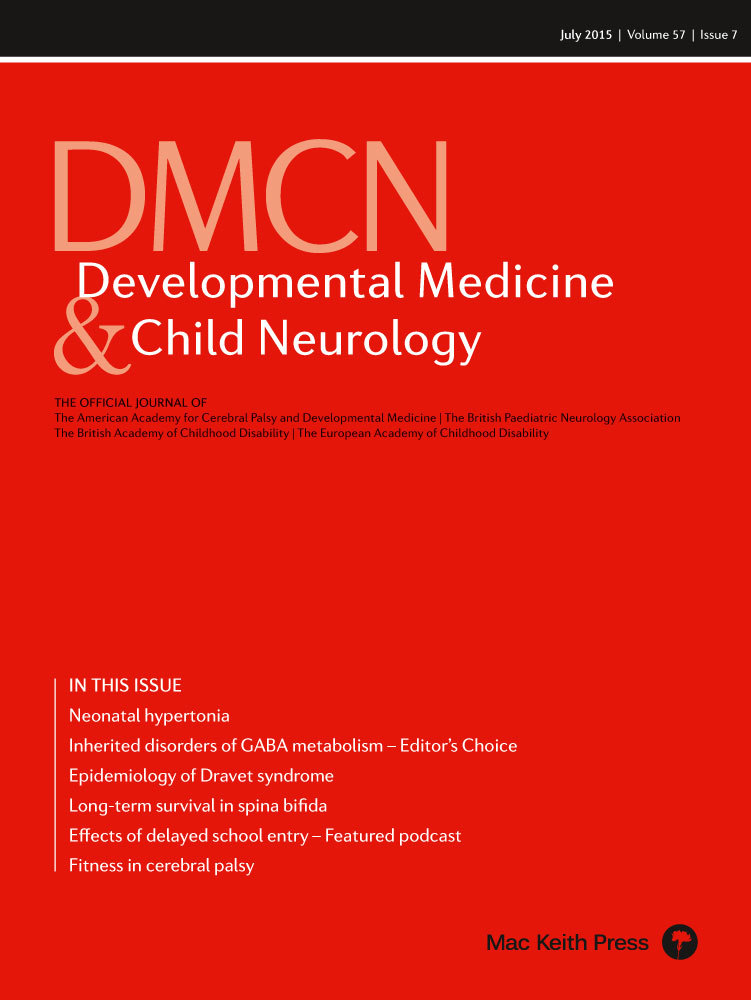Early developmental brain injury/interference: moving on from cerebral palsy
SIR–Shusterman1 should be congratulated on her fresh approach to conceptualizing brain injury in children. The language we use matters: it influences our behaviour and impacts those that we care for. Here is an informed health consumer telling us that like consumers are dissatisfied with the terminology used and we should listen.
However, changing the name ‘cerebral palsy’ to ‘early developmental brain injury/interference’ is important for reasons beyond consumer satisfaction. As we all know, the term cerebral palsy is historical and dates back 150 years. What we understood then and understand now about aetiology and consequences are vastly different. Cerebral palsy has become an umbrella term that incorporates at least genetic, vascular, infective, and ischaemic causations that alone tells us nothing about aetiology and very little about consequences. As we move into an era of potential therapies, these distinctions will become increasingly important. Rosenbaum et al. rightly point out that, ‘… the word “palsy” has become largely obsolete…’2 Like many other words in medicine that have become obsolete, I think it is time we took the brave step of moving on.
The term cerebral palsy has ‘… been variably used, with poor comparability across different places and times …’2 It can cause confusion and may cause offence. By no means am I suggesting that we dismiss the fine work done up until now in attempts at classification. Rather that we put a contemporary framework on the language we use both in scientific descriptions and with our patients; one that allows exactness (where possible) and shares a commonality with each other, our patients, and other researchers in neuroscience.




